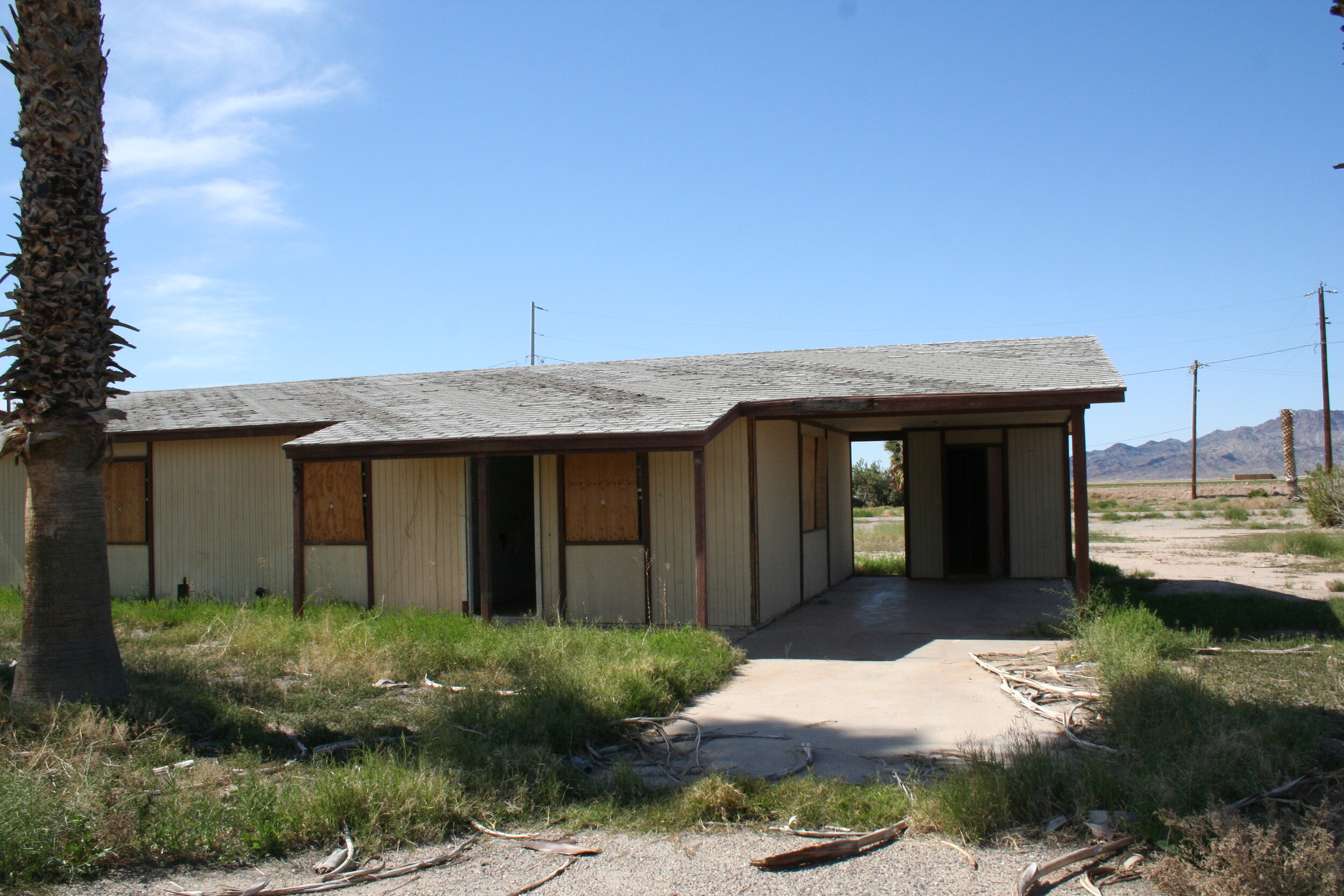La paz county
Poston Internment Camp
The Poston War Relocation Center, located in La Paz County was the largest of the 10 American Internment Camps. These camps were run by the War Relocation Authority during WWII. The Poston Relocation Center camps were divided into three separate camps three miles apart nicknamed Roasten, Toastin, and Dustin by internees. These three camps, named on their locations in the desert, were only 3 miles away from the Colorado River. Poston was built on the Colorado River Indian Reservation despite the objections of the Tribal Council.
The council refused to be a follower of the others and what they did to their tribe. However, the officials from the Bureau of Indian Affairs overrode the Council as they saw opportunity to bring improvements and develop the agricultural land. The War Department budget in this decision allowed thousands of 'volunteers', or internees to stay after the war was over to aid the Reservation's permanent population. Once the third largest city in Arizona, Poston's combined population of 17,000.
Most of these internees came from southern California and Arizona. These camps were built by Del Webb, who later went on to build Sun City and other retirement communities. A barb wire fence surrounded all three camps. However, Poston II and III did not have gatehouses like Poston I. All the internees and staff at one time passed through the barbed-wire perimeter at Poston I, the location of the main administration center. Poston was also a subject of a sociological research study by Alexander Leighton. He published his book in 1945, and later Time magezine described his research as "After fifteen months at Arizona's vast Poston Relocation Center as a social analyst, Commander Leighton concluded that many an American simply fails to remember that U.S. Japanese are human beings." Frustration was felt by an anonymous poem. One stanza says, "We're trapped like rats in a wired cage, To fret and fume with impotent rage; Yonder whispers the lure of the night, But that DAMNED FENCE assails our sight." Unique to Poston, was the fence surrounding it. Internees also had to build schools and many other buildings. Since lumber was not aboundant, internees had to build with adobe. Internees also created their own recreational activities. Poston today is deteriorated and buildings are unstable. Use caution when visiting!
The main buildings left at Poston War Relocation Center.
Poston as seen in 1945 shortly before shutting down.
Sources:
"Poston War Relocation Center." Wikipedia. Web. <http://en.wikipedia.org/wiki/Poston_War_Relocation_Center>.
Historic photo: “Poston, Arizona. Although Poston, Arizona is soon to be closed to Japanese Americans, it has alread . . . Iwasaki, Hikaru, 1923-, Photographer” from the National Archives. https://en.wikipedia.org/wiki/File:Poston,_Arizona._Although_Poston,_Arizona_is_soon_to_be_closed_to_Japanese_Americans,_it_has_alread_._._._-_NARA_-_539893.jpg







